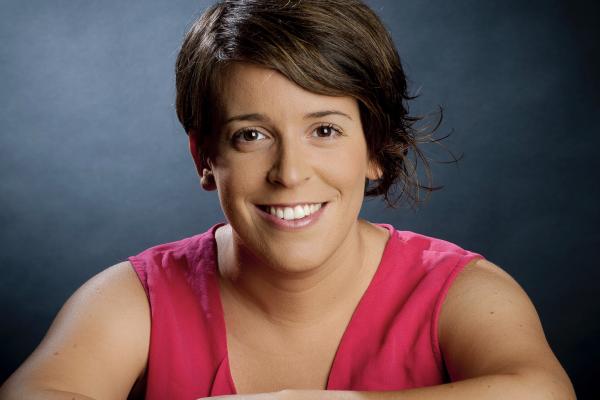“Imagine some John Doe on a web forum asking you, ‘are you interested in data’. What would your answer be?”
The crowd of data and investigative journalists at #EIJC16 that had gathered for Mar Cabra’s keynote on the Panama Papers didn’t doubt for a second. Nor did Süddeutsche Zeitung’s Bastian Obermayer and Frederik Obermaier, ‘the two most clever reporters in the world’ as Cabra described them, after they had been asked that question. The result? 2.6 terabytes of data, proof of roughly 214,000 letterbox companies connected to more than 200 countries. That and the beginning of an exciting collaboration between over 370 journalists and 100 media organisations in 76 countries.
The Panama Papers, Cabra stated, mark the end of Gollum journalism. Instead of holding on to the preciousss documents they received, Obermayer and Obermaier opted for radical sharing. Why? Because it was the only way to go. Overwhelmed by the massive amount of data, they turned to the International Consortium of Investigative Journalists (ICIJ), thereby spurning the biggest journalistic collaboration in human history. Cabra marveled at the epic scale of the enterprise, comparing it to Star Trek’s United Federation of Planets.
In order for the collective to keep the investigation silent for a year, conflicts of interest between networks and partners had to be avoided and competition redefined. They succeeded, resulting in the simultaneous publishing of the Panama Papers on Sunday 3 April 2016. The offshore holdings that were revealed, the connections of politicians, prominent public figures, fraudsters, billionaires, and enablers led to resignations, official investigations and a loud demand for transparency.
Not a hype
Cabra used the opportunity to give her take on data journalism, which she boiled down to three main points. The first is that data journalism is here to stay, a statement that was underscored by the amount of attendees at the conference. Secondly, electronic leaks are the new normal. And finally, given the size of leaks like the Mossack Fonseca leak that instigated the Panama Papers, global collaboration is the only way to go. After all: “if organised crime works this way, journalism should too”.
Be prepared
Cabra shared her enthusiasm and offered useful tips for building trust, radical sharing and global cooperation. She concluded, however with two challenges for investigative journalism. One: how can we get to collaborate on a collection of documents? How can we get our computers to talk to each other and thus share data without sharing the real documents? And two: how can networks collaborate so journalism itself evolves? The two challenges could have changed the tone so as to become more of a dramatic warning. But Cabra didn’t let it. Her talk, in the end, was a call for creativity, action, collaboration and enthusiasm. Challenge accepted!
By Rembert Debergh / @RemB_D
Illustration by Pieter Fannes


